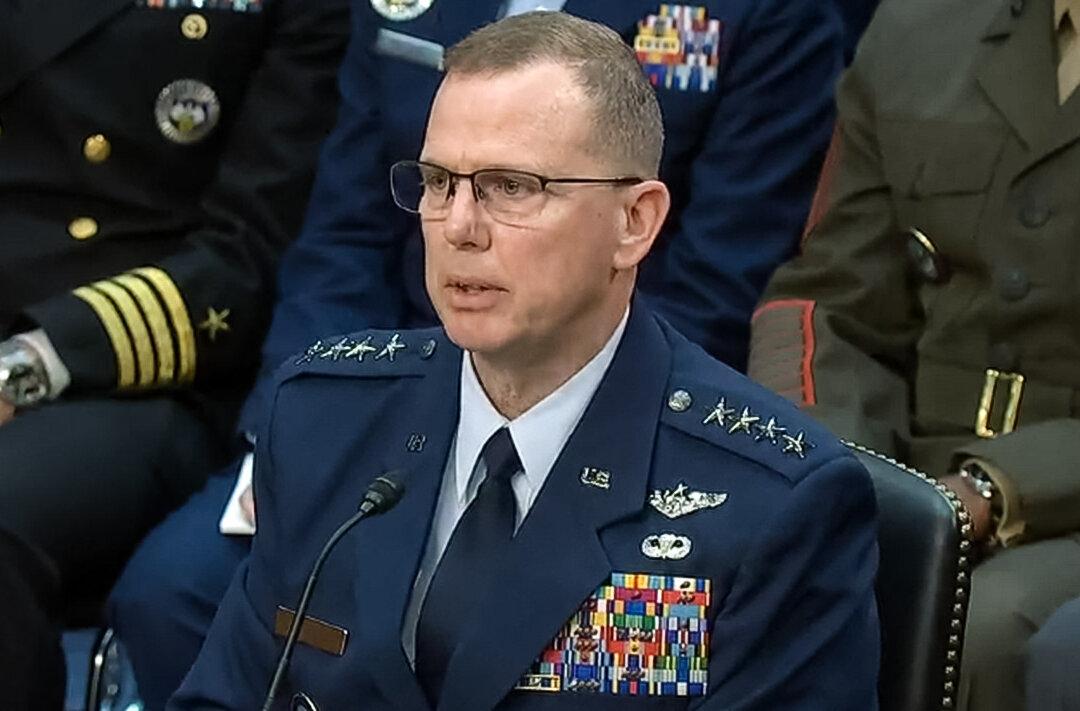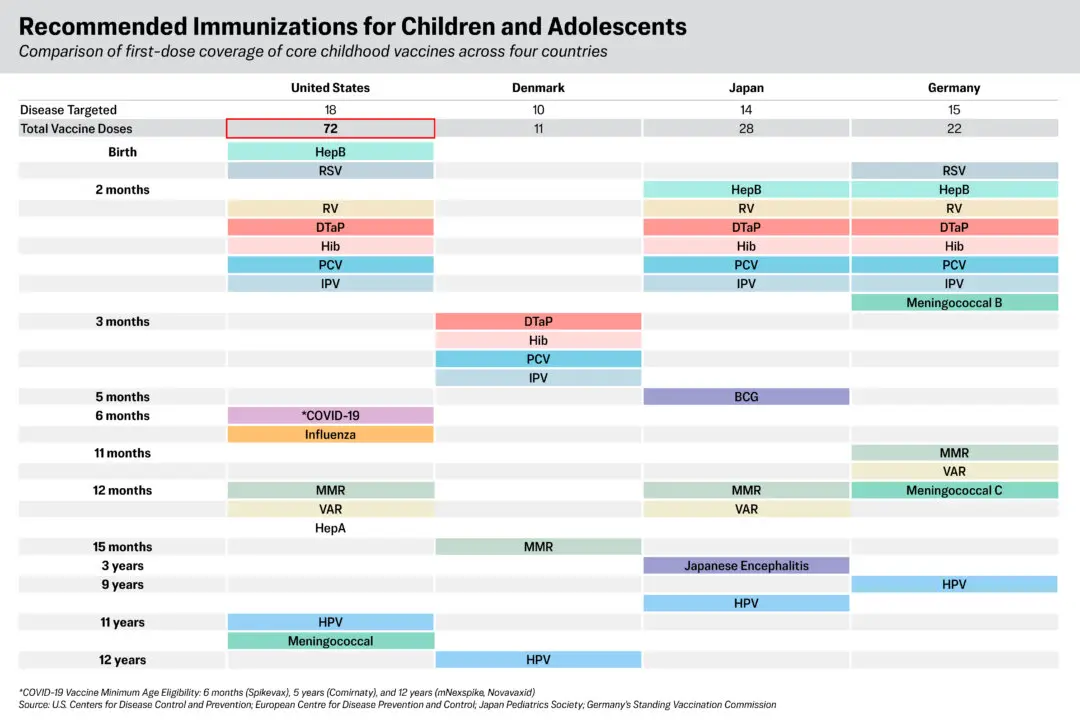A large number of drone incursions has been happening at the U.S.–Mexico border, a U.S. Department of Defense official said on March 14.
“It’s my understanding, there’s been a lot of drone incursions along our southern border. How many drone incursions have we had, and what are they doing?” Sen. Ted Budd (R-N.C.) asked Air Force Gen. Gregory M. Guillot during a Senate hearing.





